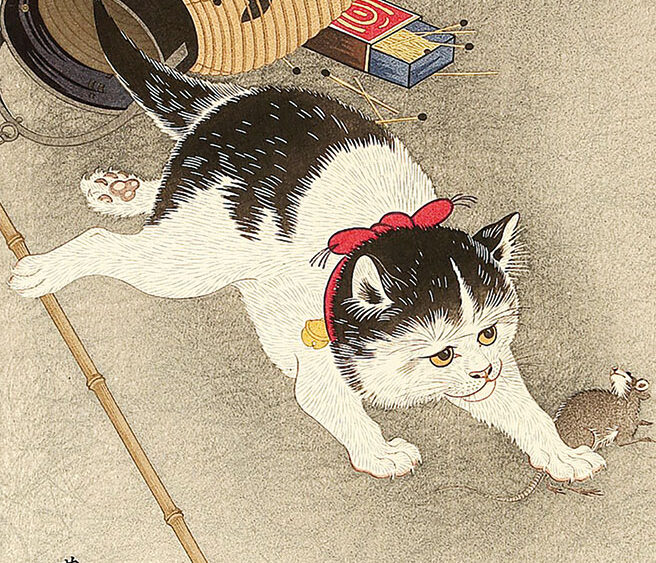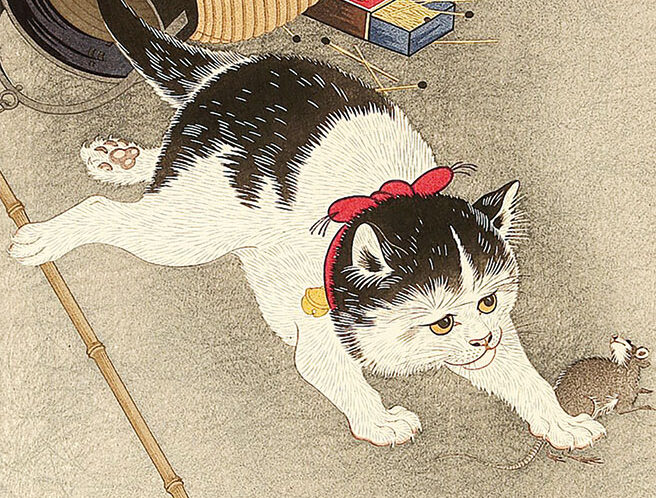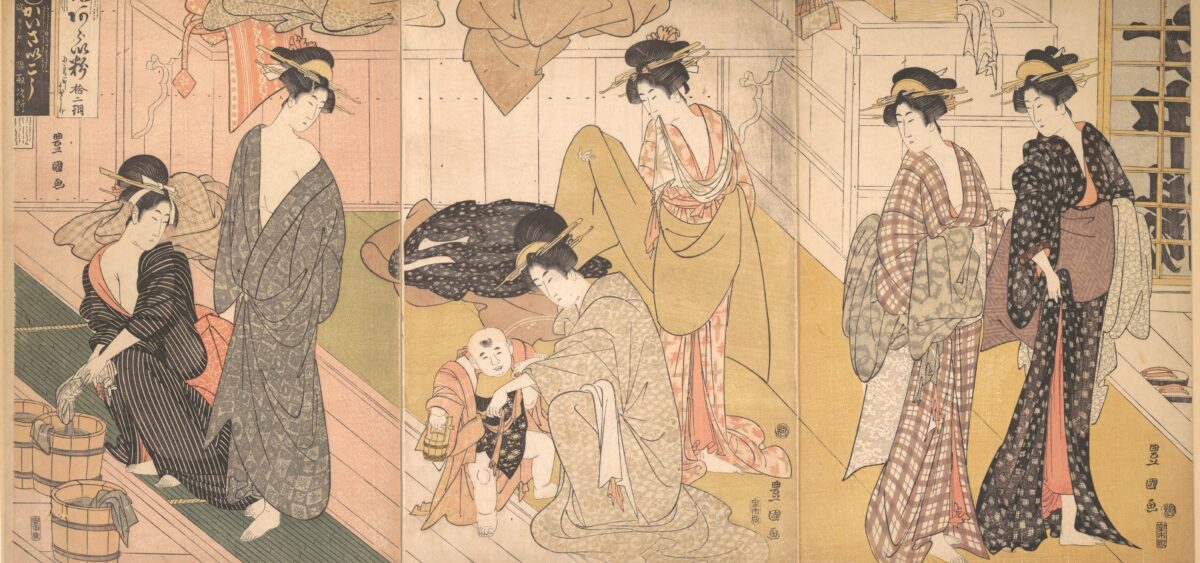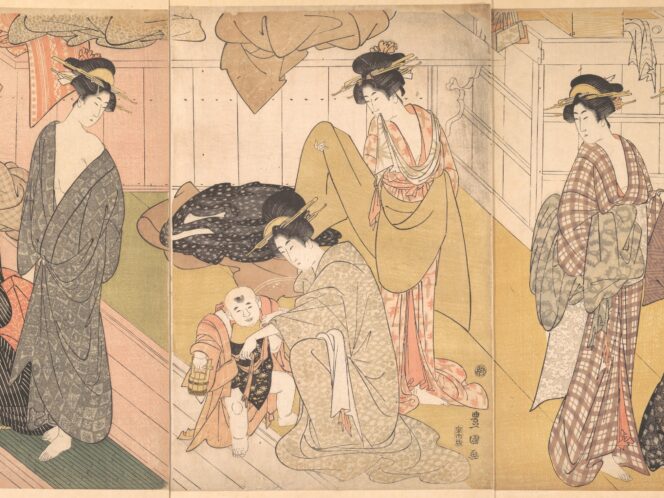
“Why does bread with cracks in the crust seem to sharpen the appetite more than a smooth loaf?” was the question Marcus Aurelius posed nearly 2000 years ago. The Japanese found the answer.
1
“The drooping flower
As yellow as the moon beam
So slender tonight
I nodded. The image seemed to me at once so fleeting and so permanent, like the way I had experienced time as a young child. It made me a little sad and glad at the same time.
‘Everything passes, Hiroto,’ Dad said. ‘That feeling in your heart: it’s called mono no aware. It is a sense of the transience of all things in life. The sun, the dandelion, the cicada, the Hammer, and all of us: We are all subject to the equations of James Clerk Maxwell and we are all ephemeral patterns destined to eventually fade, whether in a second or an eon.’”
[Ken Liu in his short story Mono no aware, 2013]
2
In Meditations, the Roman emperor Marcus Aurelius wondered why bread with its crust cracked from baking sharpens his appetite more than a perfectly shaped loaf: “A certain fashion contrary to the purpose of the baker’s art, are beautiful in a manner, and in a peculiar way excite a desire for eating.”
If Marcus Aurelius were alive today, he would have certainly been a Buddhist. Only Buddhists have the ability to admire everyday life so beautifully. After all, the essence of everyday life is imperfection, fragility and the passing of time. Buddha would repeatedly tell his disciples: “Remember, decay is inherent in all component things.”
When we hear such a sentence for the first time, our reaction is mental escape. Questions arise: how can that be, decay, degradation, the end? So we should








